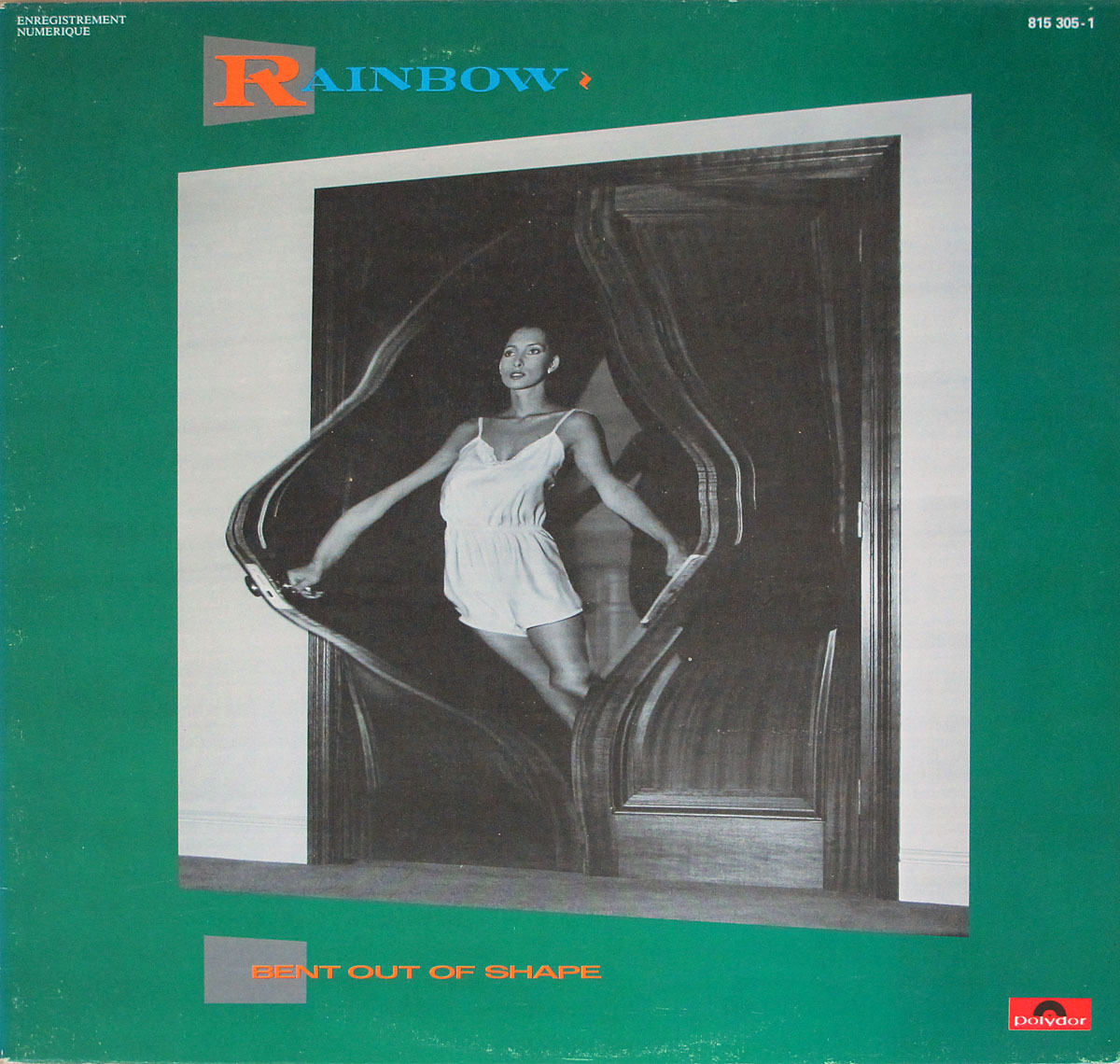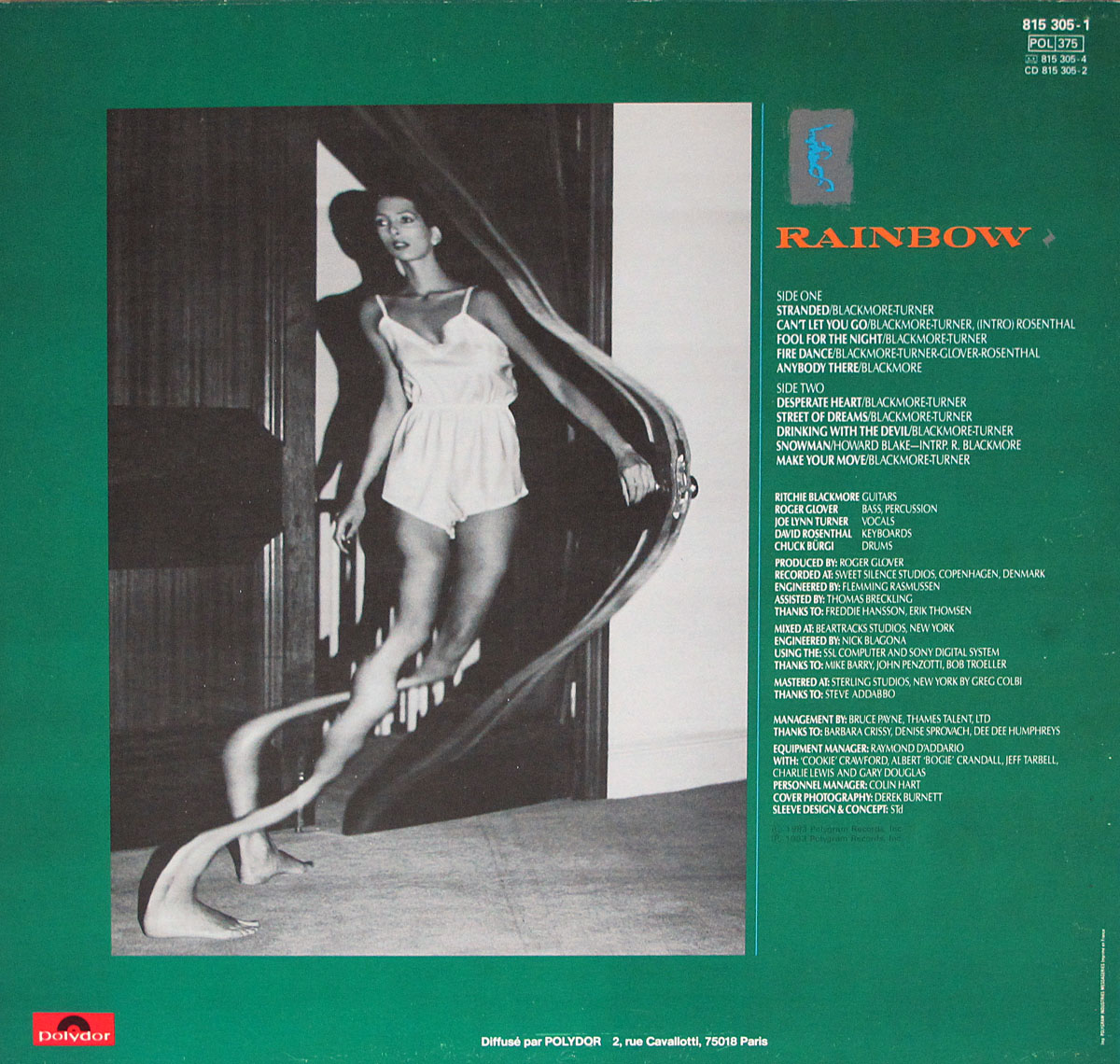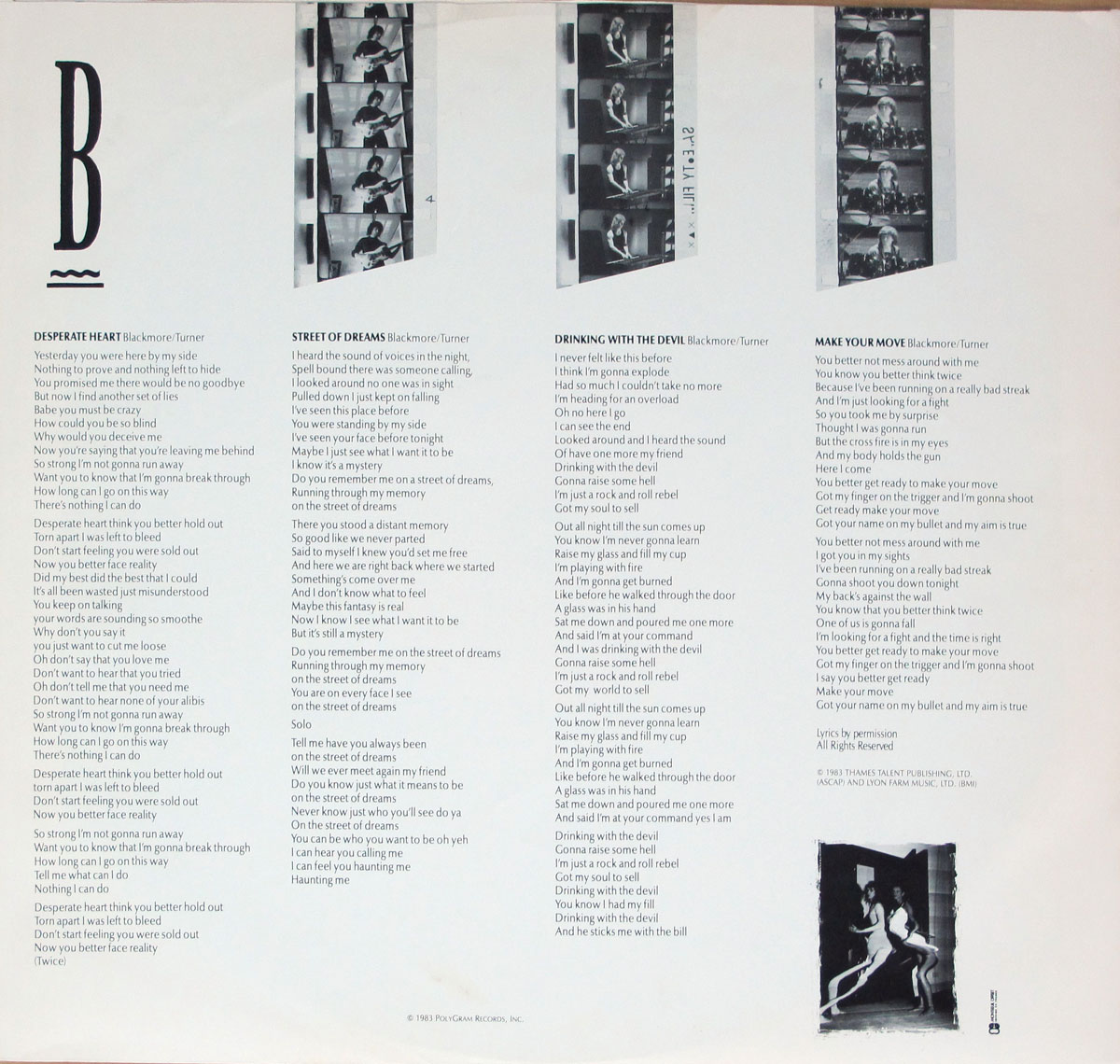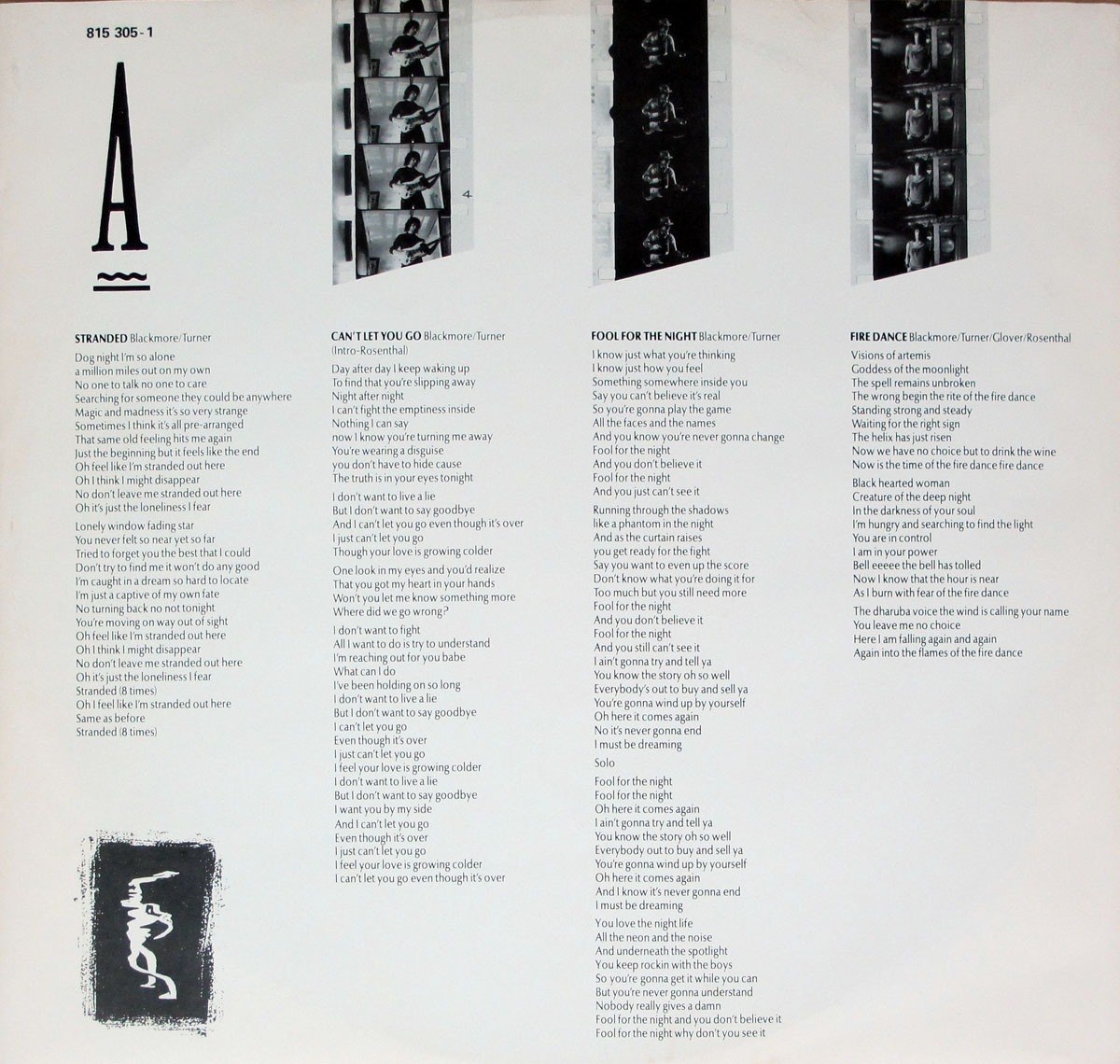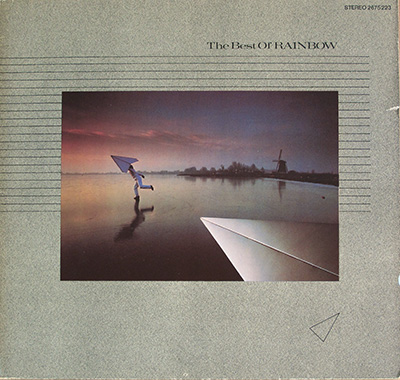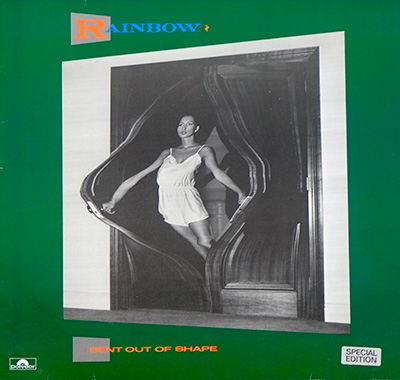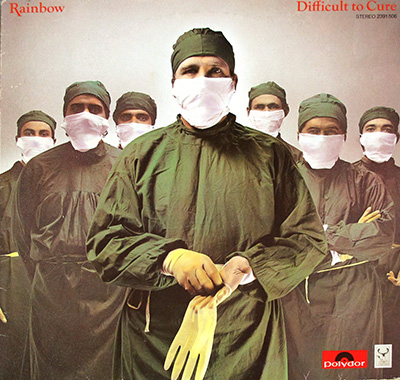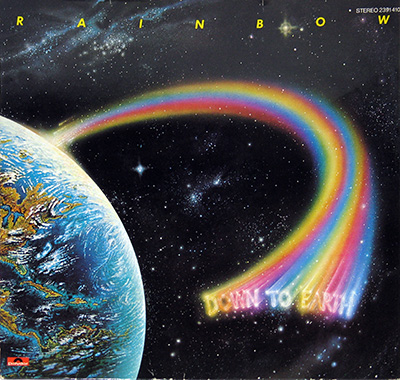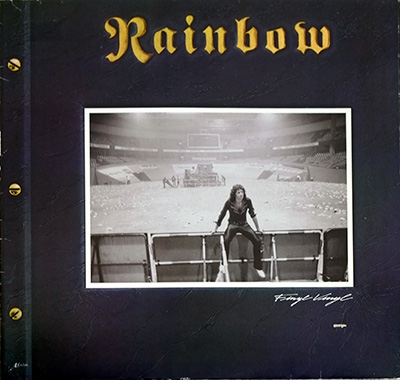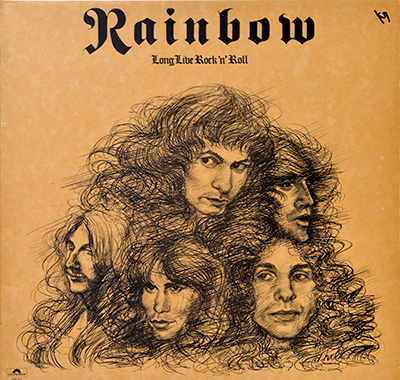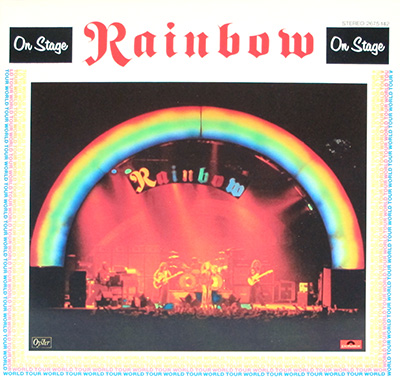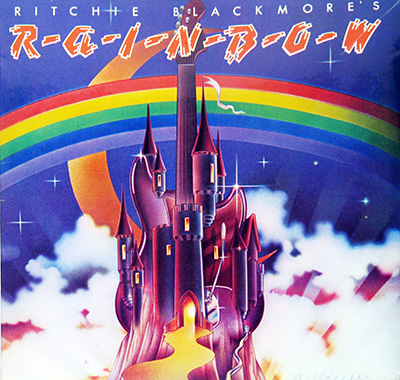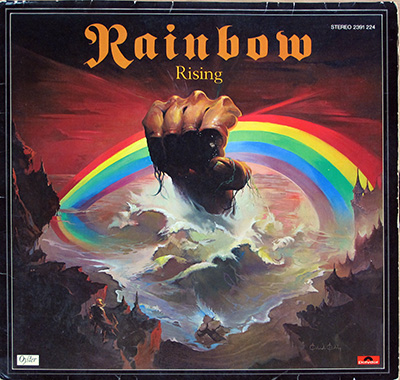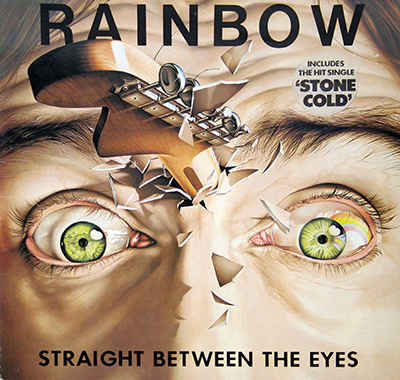"Bent Out Of Shape" Album Description:
Rainbow, the iconic rock band formed by guitar virtuoso Ritchie Blackmore, left an indelible mark on the music scene with their diverse discography. Among their notable works, "Bent Out Of Shape," released on August 24, 1983, in France, stands out as a testament to their musical prowess. This album, recorded during a transitional period for the band, reflects both the creative tensions and collaborative brilliance that defined Rainbow.
Historical Context:
"Bent Out Of Shape" marked the departure of vocalist Joe Lynn Turner, a significant change in the band's lineup. Despite the challenges, the album showcased Rainbow's adaptability and commitment to delivering powerful rock anthems. The incorporation of keyboardist David Rosenthal added a new dimension to their sound, contributing to the album's distinctive character.
Studio Chronicles:
The album was primarily recorded at
Sweet Silence Studios in Copenhagen, Denmark
, known for its association with legendary producer Flemming Rasmussen. The studio's reputation for capturing raw energy and dynamic performances played a pivotal role in shaping the album's sonic landscape. The recording sessions were reportedly intense, with the band experimenting with different musical elements to achieve the desired sonic richness.
Tracklist Highlights:
"Stranded": A melodic opener that sets the tone for the album, combining Blackmore's intricate guitar work with Turner's emotive vocals.
"Can't Let You Go": A standout track, blending catchy hooks with poignant lyrics, showcasing the band's ability to craft radio-friendly hits.
"Street of Dreams": A ballad that highlights Turner's vocal prowess, coupled with Blackmore's soul-stirring guitar solos, creating a timeless piece.
Reception and Legacy:
Upon its release, "Bent Out Of Shape" received positive reviews for its musical diversity and the band's seamless transition through various rock sub-genres. While not a commercial blockbuster, the album has endured as a fan favorite, encapsulating Rainbow's evolving sound and artistic exploration.
Personnel/Band Members and Musicians on: RAINBOW - Bent Out of Shape (France)
|
Band-members, Musicians and Performers
- Joe Lynn Turner - vocals
Joe Lynn Turner: A voice that roared across bands like Rainbow & Deep Purple.
From Fandango beginnings to solo success, his journey is pure rock 'n' roll!
- Ritchie Blackmore - guitar
Ritchie Blackmore, born Richard Hugh Blackmore (1945), is a legendary English guitarist known for his pioneering role in rock and metal. As a founding member of Deep Purple, his electrifying riffs on classics like Smoke on the Water defined hard rock. Later, he formed Rainbow, blending neoclassical influences with rock. Explore more in his vinyl album discography.
- David Rosenthal - keyboard
David Rosenthal is an American keyboardist, musical director, orchestrator, and producer, widely recognized for his versatile work across rock, pop, and theater. Born on January 1, 1961, he studied at the Berklee College of Music and has built a distinguished career spanning multiple decades. Rainbow (1981–1984) – Joined during the Difficult to Cure tour and played on Straight Between the Eyes and Bent Out of Shape
- Roger Glover - bass
Roger Glover is a renowned bassist, producer, and songwriter, best known for his key role in Deep Purple and Rainbow. Since joining Deep Purple in 1969, his melodic bass lines and songwriting have shaped classics like Smoke on the Water and Highway Star. Beyond Deep Purple, he produced for bands like Nazareth and worked on solo projects. Learn more.
- Chuck Burgi - drums
|
